Even following all the rules for caring for indoor plants, many gardeners are faced with drying out the ends of the leaves. This becomes a small but very unpleasant problem, leading to a lot of trouble. There may be several reasons why leaves or their tips can dry in domestic flowers, depending on this, methods for combating diseases of indoor plants are selected.
Content
Possible causes of dry tips in indoor plants
With the appearance of drying tips, amateur gardeners begin to worry about the possible likelihood of a flower disease. However, this problem can be easily fixed.
Wrong watering
Improper watering is one of the common causes of dry leaf blades. For irrigation, plants often use ordinary running tap water containing chlorine, fluorine, various impurities and salts. These chemical elements, falling into the soil, change its acid-base balance, which helps to cause burns. Chlorophytum, spathiphyllum, cordeline are especially sensitive to soil changes.
Therefore, water for irrigation should be defended in an open container for several days. Abundant watering or lack thereof also leads to the formation of dry tips. Too wet soil is the cause of rotting of the root system, and dry soil is the reason for the drying of the whole plant. Moderate watering, as well as the presence of drainage and drainage holes in the pot, will prevent rhizomes from decaying or drying out quickly, which will have a beneficial effect on the plant.
Dry air
Improper conditions in the summer, as well as the heating period lead to dry air, and, therefore, to health problems of green pets.
The solution to this problem is to maintain normal environmental humidity. This can be achieved with the help of humidifiers, which provide uniform and timely hydration.
Overfill
Excessive fertilizing with various fertilizers of domestic plants also leads to brown leaf tips. This applies to those amateur gardeners who are trying to fertilize the soil by applying a large amount of nutrients, thereby harming the plant.
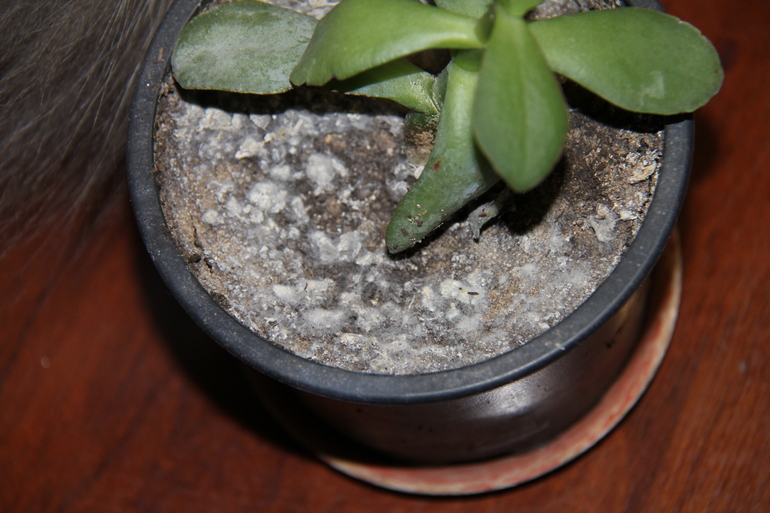
As a result of supersaturation of soil with fertilizers, a whitish coating appears on its surface. In this case, stop feeding and remove the topsoil. Pour fresh soil mixture into the place of the removed part of the soil.
Pests
The dryness of the tips can be caused by pests that subsequently lead to the death of the entire flower. A thorough inspection and timely identified pests will help begin to take the necessary measures to treat the green pet and eliminate the problem:
- Aphids settle in whole colonies on stems or on the back of leaves.
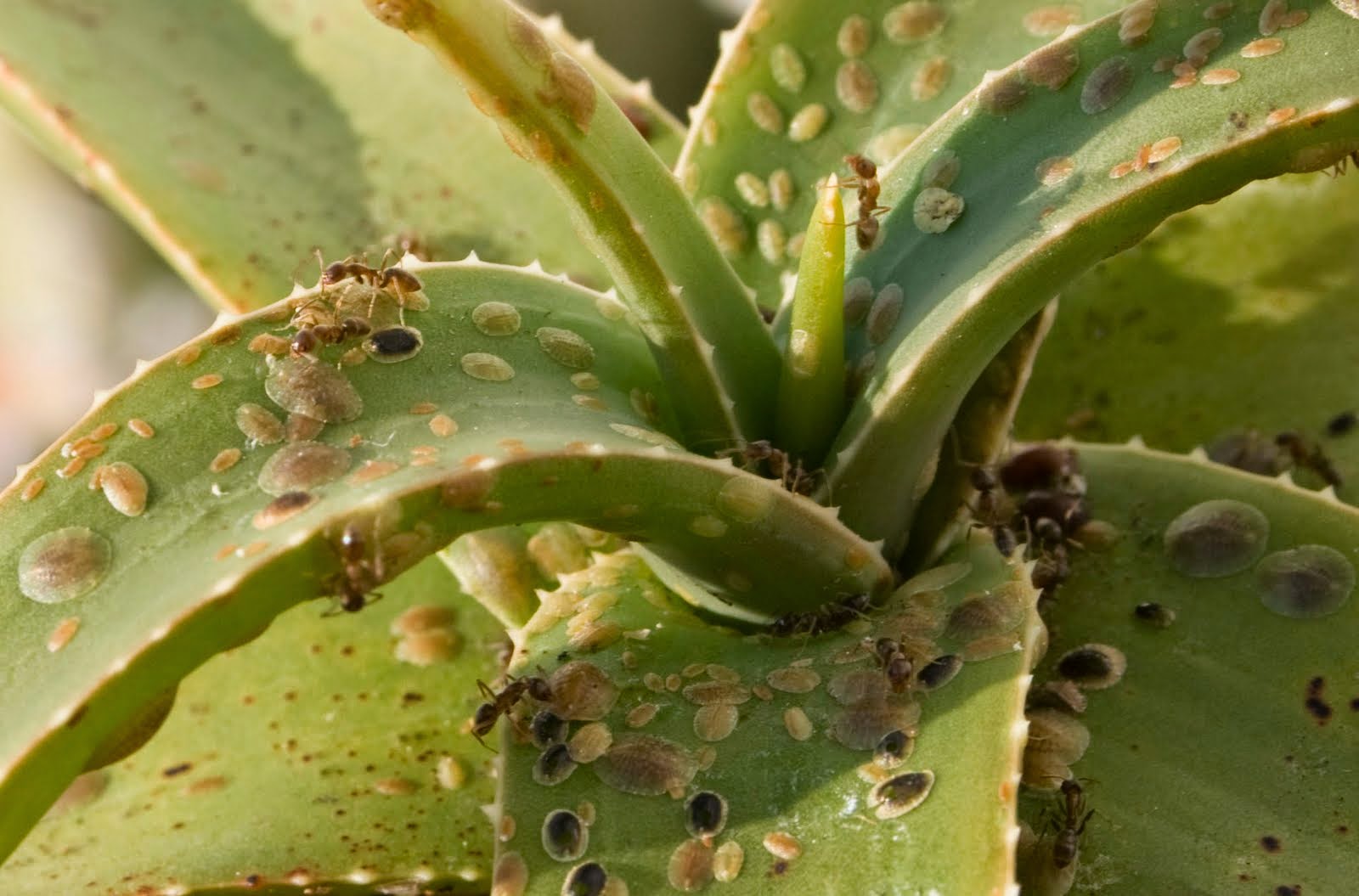
Aphid - Spider mites weave a thin cobweb between leaf nodes and stems.

Spider mites - Scaffolds are basically motionless and densely settle on a leaf.
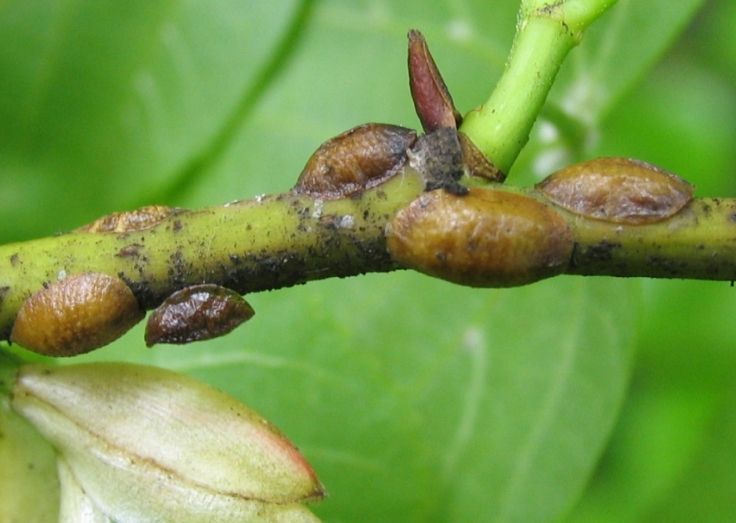
Shields - Whiteflies cover the leaf plate on the back with small white butterflies that feed on the sap of the plant.
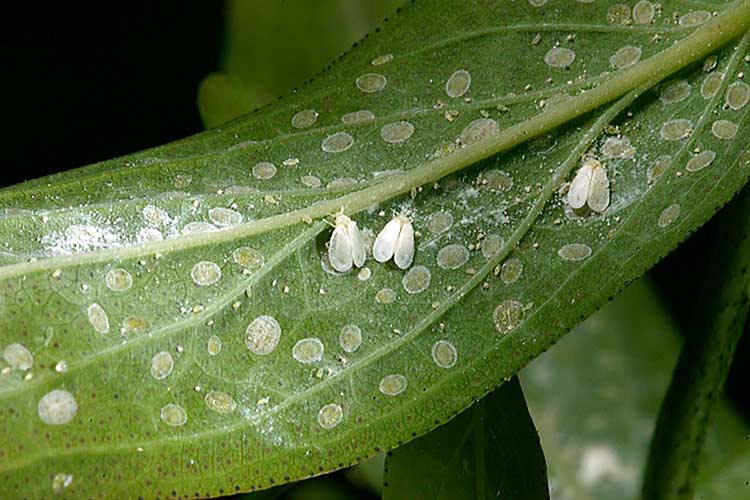
Whiteflies
If insect pests are found, it is necessary to conduct a thorough treatment with chemical preparations-insecticides to eliminate the larvae of parasites and their young.
Burns
Dry leaves can be caused by sunburn, which indicates the wrong location of the indoor flower. Excessively bright lighting, direct sunlight on the leaves lead to brown spots at their ends.
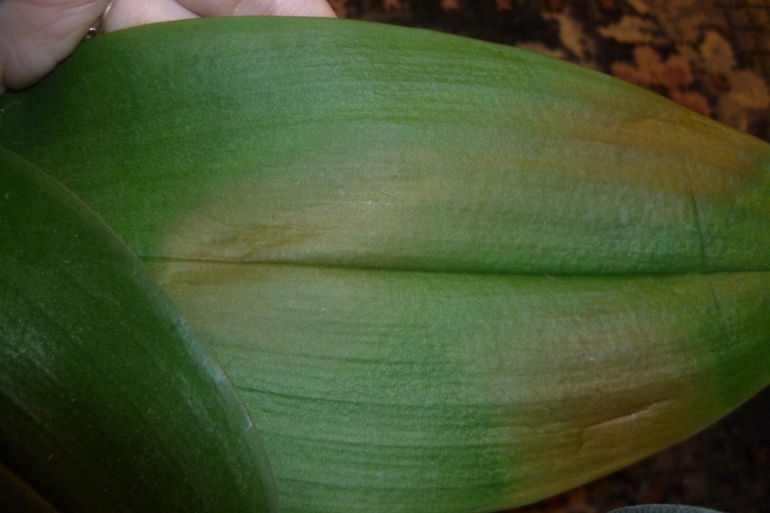
By eliminating the cause of the burns and removing the flower pot to another place in the room, the negative effects of wilting of the ends of the leaves can be avoided.
Other factors
In addition to all of the above, there are other factors leading to plant diseases:
- Unsuitable flowerpot, from the drainage holes of which the roots make their way.
- Fungal infection of roots and leaves.
- A sharp change in the temperature regime of the content.
- Incorrect transportation of the plant.
Given all the above factors contributing to the wilting of indoor flowers, it is necessary to constantly check the conditions of keeping green pets. Having correctly determined the cause of the disease, you can quickly return the plant to its health and original appearance.
Recommendations for identifying and preventing a problem
Inspection of a houseplant must be carried out as thoroughly as possible. Inspection Procedure:
- Check stems, leaves, shoots, buds for pests and signs of disease.
- Pay attention to the flowerpot in which the flower grows for sufficient space for the root system.
- Determine the dryness of the soil or its excessive moisture using special indicator strips or to the touch.
- Determine the rationing of fertilizer application for a specific type of plant, as well as the frequency of feeding.
- Particular attention should be paid to the quality of irrigation water, the absence of impurities harmful to the flower in the form of salts, chlorination and fluorination. To soften the water and remove impurities, use special filters for water.
- Identify the norm of humidity in the room, which will eliminate the drying of flower leaves.
- Adhering to the rules of proper care, you can prevent the appearance of dry sheet plate.
The main preventive measures include:
- Moderate fertilizer and watering the plant.
- Prevention of drying out or waterlogging of the earth.
- Maintaining normal levels of humidity, lighting and temperature.
- Regular pruning and flower transplanting.
Ways to combat the "dry tips" of plants
Methods for removing dry tips depend on the cause of their appearance.
Increase air humidity
To increase the humidity in the room using spraying from the spray 2 or 3 times a day. However, it should be borne in mind that this method is not suitable for the flowering period, since the ingress of water on the peduncles can lead to their fall, as well as for plants with a pubescent leaf surface (gloxinia, coloria, violet).
We set up watering
For the normal life of a pet, proper watering is necessary. Flower owners should know:
- Which indoor flowers are moisture-loving, and which perfectly tolerate drought.
- Methods of watering the plant: in a pan or in the usual way.
- The health of the root system also depends on the quality of the drainage and drainage holes, since stagnation of moisture leads to its decay.
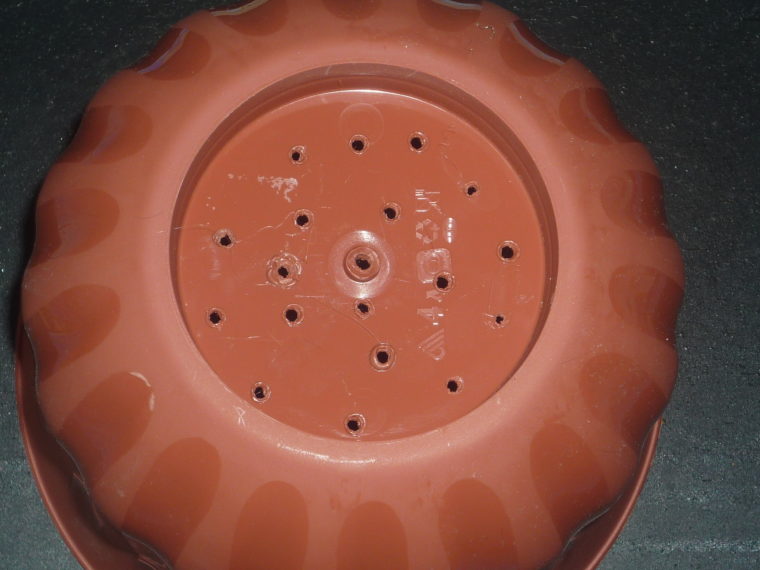
Drain holes in the bottom of the pot - In the dry period, abundant watering is required (except for succulents and other drought-loving species).
- Autowatering eliminates the need to constantly monitor the frequency of application of moisture to each plant.
- With a soil moisture meter it is easy to determine the need for irrigation.
We destroy pests
The use of preventive measures is the best protection against insect pests. You should know that:
- Before planting, the flowerpot should be thoroughly disinfected by washing under running water with soap.
- The soil must be clean. For such purposes, it is purchased in flower shops. The soil taken from the garden must be calcined in the oven.
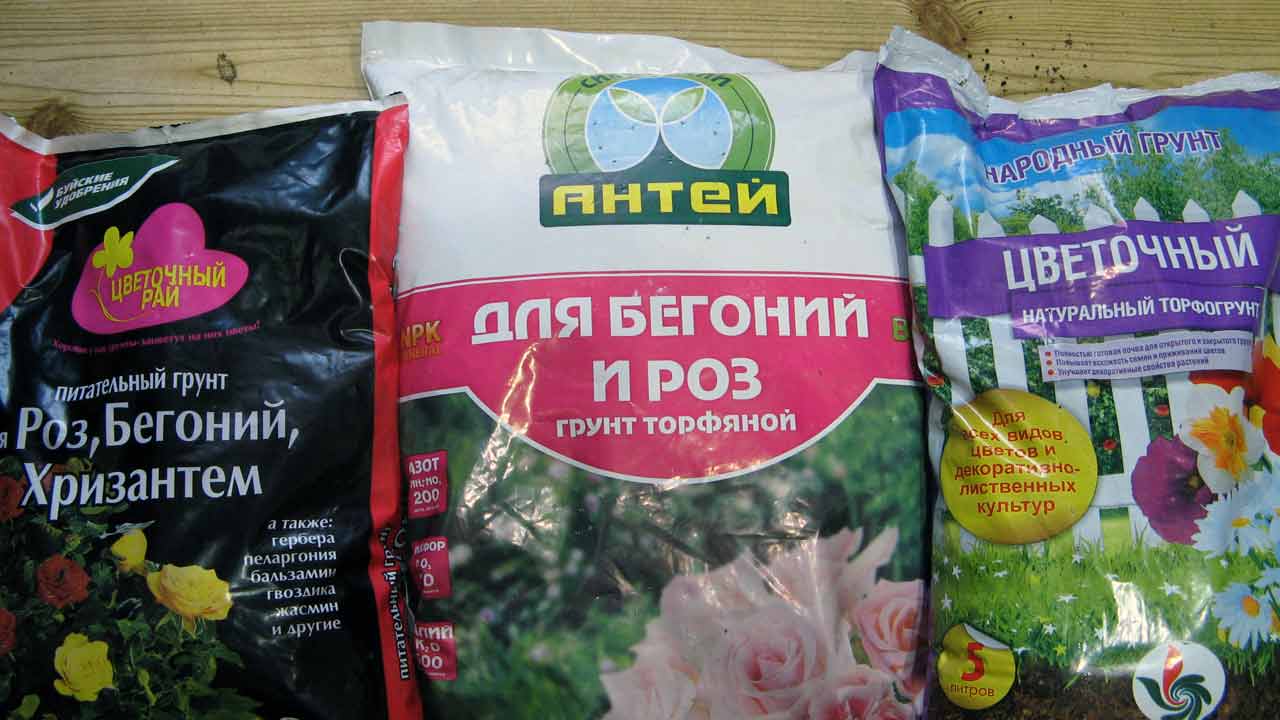
Soil for indoor plants - After a thorough examination and identification of suspicions of pests, you should isolate the plant from others and carry out pest control of the flower with insecticides.
- You need to conduct a weekly inspection and rubbing the leaves with a damp cloth or soapy water.
We fertilize properly
To properly apply fertilizers, you need to know the recommendations for their use for certain categories of plants. The lack of trace elements for a number of colors can lead to yellowing of the ends of the sheet plate.
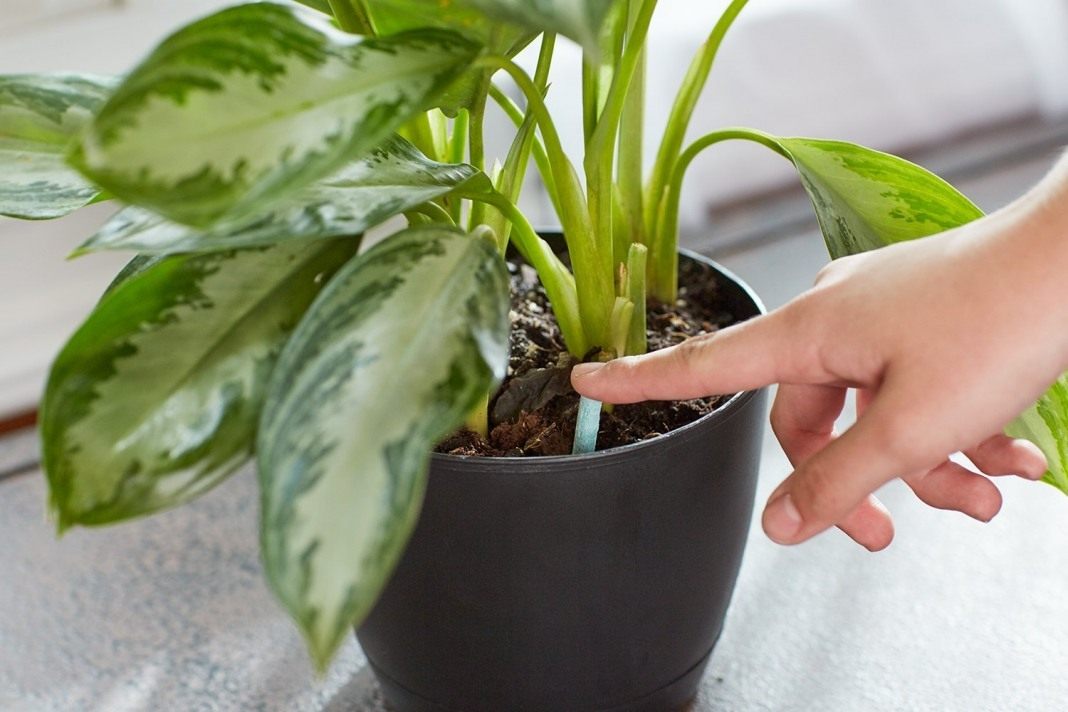
Therefore, it is necessary to balance the diet of nutrient intake, taking into account external signs of a deficiency of important elements:
- lack of iron and potassium leads to yellowness of leaves in citrus fruits;
- with nitrogen deficiency, not only the tips turn yellow, but also leaf veins;
- a lack of calcium leads to curling and deformation of the leaves;
- with a lack of zinc, the leaves look faded and faded.
other methods
To eliminate the causes of drying of the tips, special attention is paid to the quality of the soil mixture and the size of the pot in which the indoor flower is planted.
The issue of soil selection should be approached very seriously, since high-quality soil is the key to plant health.
Common questions
Proper care of green pets will forever eliminate the problem of the appearance of dry and yellowed tips on leaves of indoor flowers.

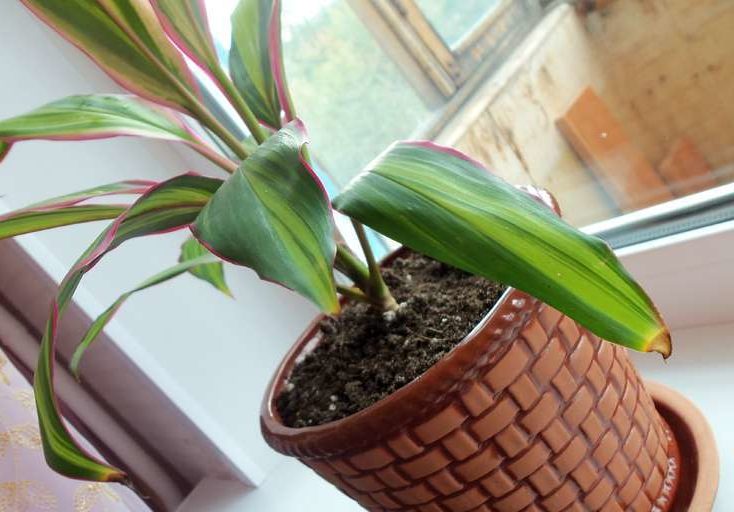
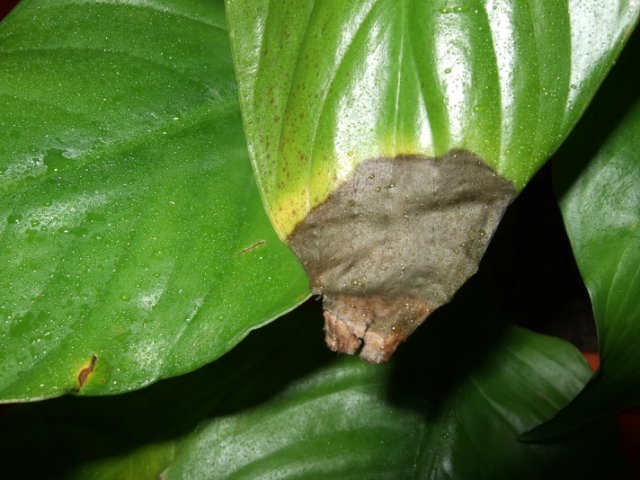
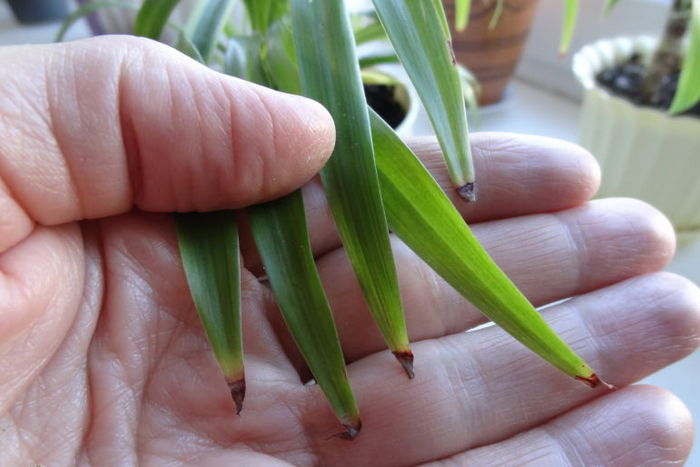



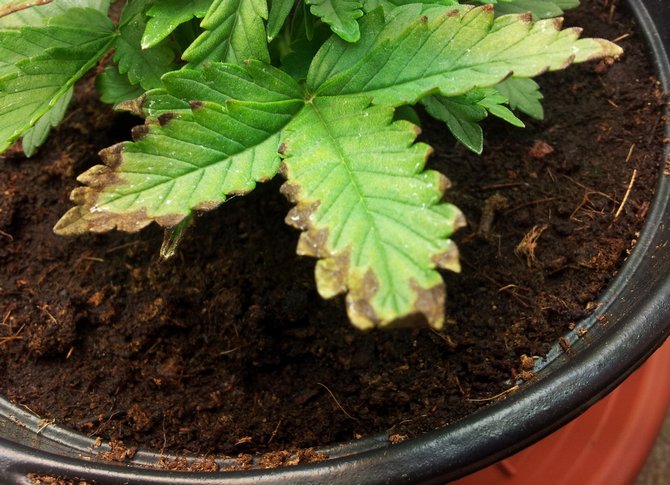
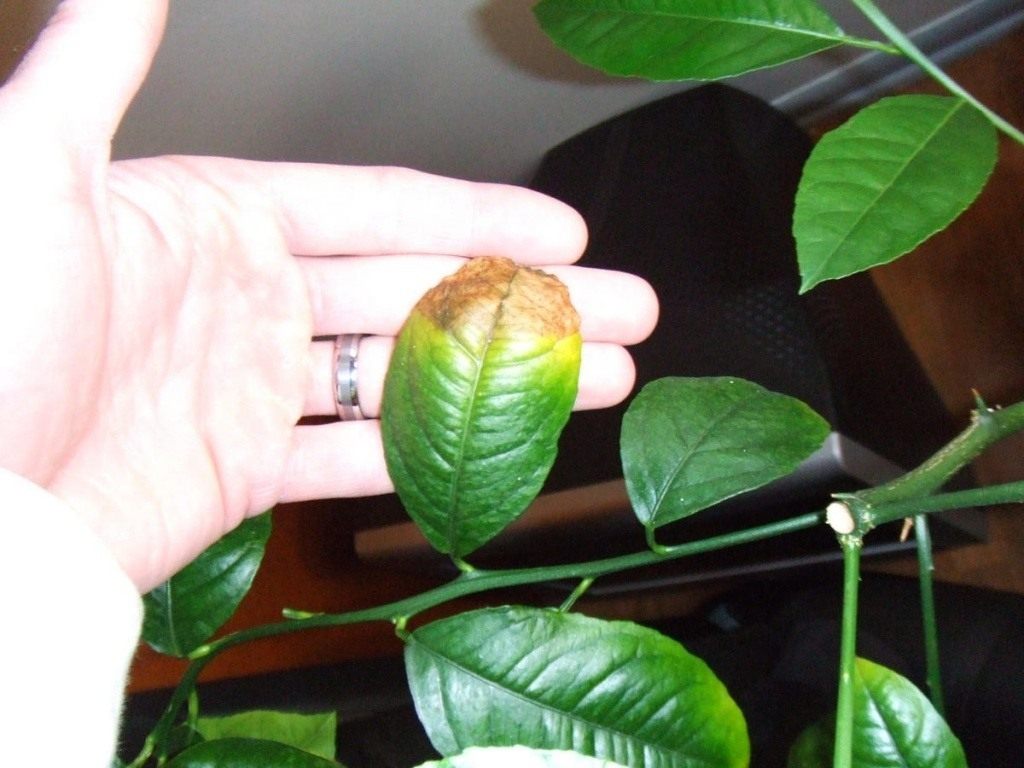
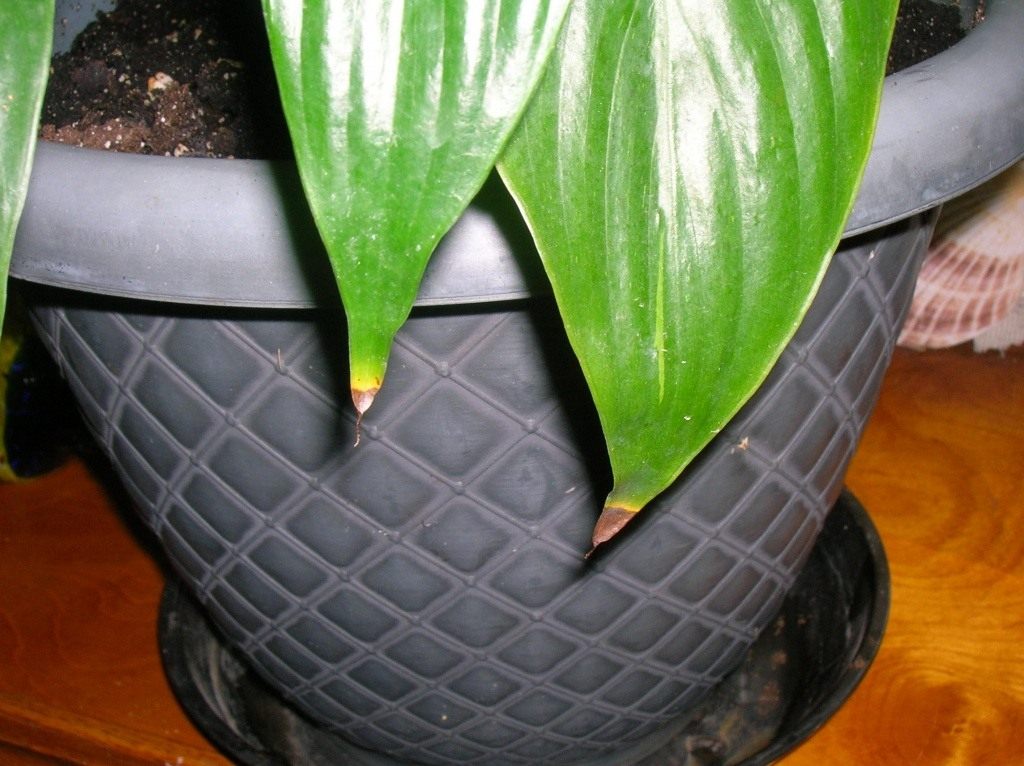
 10 beautiful annuals that bloom all summer
10 beautiful annuals that bloom all summer Sow in the ground, without seedlings: 10 beautiful and unpretentious flowers
Sow in the ground, without seedlings: 10 beautiful and unpretentious flowers Platicodon planting and outdoor care
Platicodon planting and outdoor care Hosta - planting and care in the open ground in the Urals
Hosta - planting and care in the open ground in the Urals